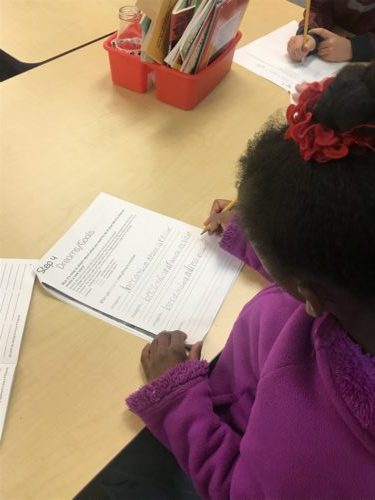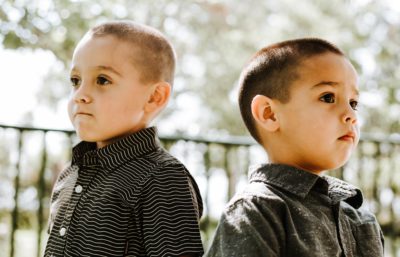
New research Showing Positive Outcomes after using The Imagine Project!
When teachers, counselors, admin, etc. use new curriculum/ideas in their school and classrooms, they like to know what they are using is backed by credible

When teachers, counselors, admin, etc. use new curriculum/ideas in their school and classrooms, they like to know what they are using is backed by credible

A very important question all parents, teachers, counselors, youth leaders, etc. must always be asking is, “How do we teach our kids to be resilient?”

Laughter, running, jumping, being silly, twirling, smiling, creating—all are part of play and having fun! Instinctively, as parents and teachers, we know the importance of

Unfortunately, we live in a world where trauma happens. It might be a school shooting, a natural disaster, or a significant loss of a student,

With the holidays comes family, fun, and gifts! There’s no better time of year to each a child (and adults) the importance of gratitude beyond

Stress is a normal, unavoidable part of life. It’s actually good for a child to experience small amounts of manageable stress, such as frustration with

Let’s face it—kids may not always show it, but they are stressed. They may seem happy go lucky on the outside, but in their hearts

Going back to school can be fun, exciting—and stressful. Teachers have to deal with organizing lesson plans, getting to know new students and staff, budgeting




Join our community to get the latest tips, exclusive offers, and updates straight to your inbox. Don’t miss out—subscribe now and be the first to know!